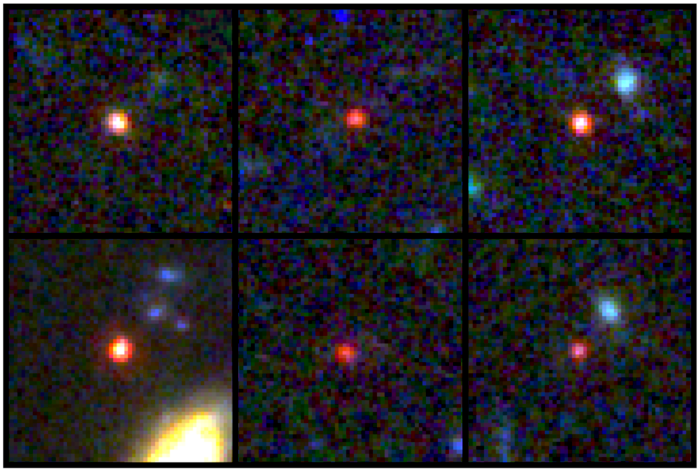Scientists finally have solution to cosmology’s ‘biggest crisis’
Stars in early ‘monster’ galaxies are probably not as massive as initially thought, scientists say
Astronomers finally have an explanation behind why the James Webb Space Telescope keeps finding “impossible” monster galaxies in the early universe that appear to shake the foundations of cosmology.
Since the pioneering Webb telescope began its scientific operations in July 2022, it has spotted about half a dozen massive galaxies that appear to be far bigger and more mature than they should be given their position in the universe.
Some of these monster galaxies were found to be as massive as our Milky Way when the universe was only about 3 per cent of its current age, a finding that shook the cosmology world.
These findings hinted either that the cosmos was likely much older than thought, or that there is something unknown about how galaxies form, especially at the start of the universe.
Now, a new study, published on Monday in The Astrophysical Journal, shows that these early galaxies are much less massive than they first appeared.
“The bottom line is there is no crisis in terms of the standard model of cosmology,” study co-author Steven Finkelstein said.

Researchers from the University of Texas at Austin say black holes in some of these early galaxies are making them appear much brighter and bigger than they are.
They say these galaxies appeared massive likely because their host black holes are rapidly consuming gas.
This friction between these fast-moving gas particles is causing them to emit more heat and light, making the galaxies much brighter than they would be, according to the study.
“Any time you have a theory that has stood the test of time for so long, you have to have overwhelming evidence to really throw it out. And that’s simply not the case,” Dr Finkelstein said.

However, there are still some giant galaxies in the early universe that the new study does not explain.
Scientists say some yet unknown way in which stars formed in the early universe could explain these cases.
Stars form as hot gas cools and succumbs to gravity and condenses. But as this gas cloud contracts, it eventually heats up, generating a contrasting outward pressure.
In our part of the cosmos, these counteracting forces make star formation a slow process, but in the early universe, which was much denser, scientists suspect the contracting pull may have been greater, allowing the process to go faster.
So researchers say some of these perplexing observations can be explained by “modest changes” to star formation physics.
“Maybe in the early universe, galaxies were better at turning gas into stars,” said Katherine Chworowsky, another author of the study.
“We are still seeing more galaxies than predicted, although none of them are so massive that they ‘break’ the universe.”
Join our commenting forum
Join thought-provoking conversations, follow other Independent readers and see their replies
Comments
Bookmark popover
Removed from bookmarks